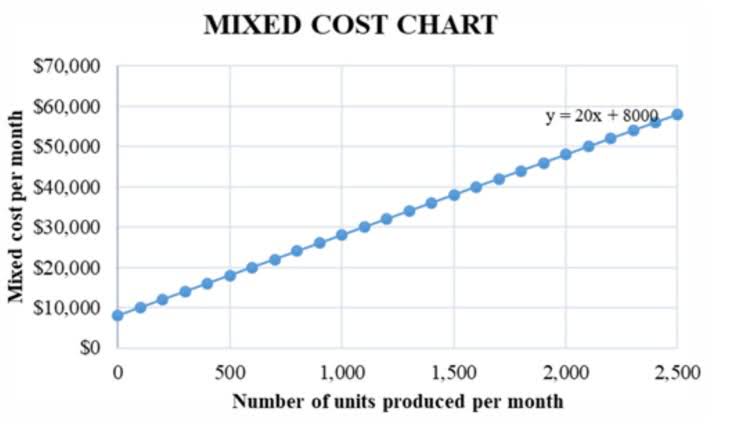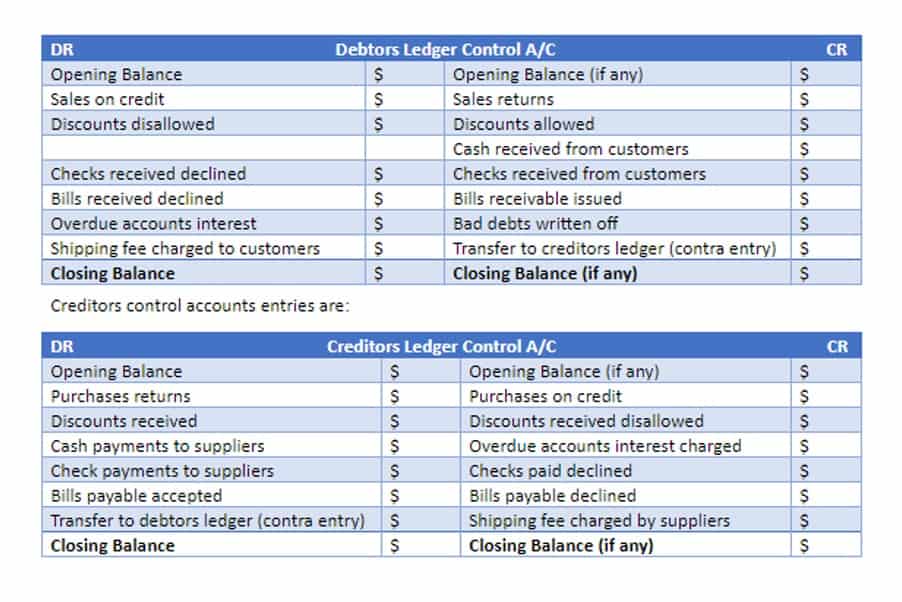
Journal bookkeeping entries in the accounting system are like making a note every time money comes in or goes out. For example, if a small business owner buys $100 worth of office supplies on credit, they write it down. This note includes the date, account names (like “Office Supplies” and “Accounts Payable”), and how much money was involved. Each entry has a reference number, making it easy to find and check if needed. It’s a way to keep all the money stories organized in one place.
A Guide to Bookkeeping and Accounting for Small Businesses

This is posted to the Cash T-account on the credit side beneath the January 14 Bookkeeping for Painters transaction. Accounts Payable has a debit of $3,500 (payment in full for the Jan. 5 purchase). You notice there is already a credit in Accounts Payable, and the new record is placed directly across from the January 5 record. When calculating balances in ledger accounts, one must take into consideration which side of the account increases and which side decreases. To find the account balance, you must find the difference between the sum of all figures on the side that increases and the sum of all figures on the side that decreases. Another key element to understanding the general ledger, and the third step in the accounting cycle, is how to calculate balances in ledger accounts.
- The book value of bonds payable is the combination of the accounts Bonds Payable and Discount on Bonds Payable or the combination of Bonds Payable and Premium on Bonds Payable.
- The next transaction figure of $100 is added directly below the January 12 record on the credit side.
- The seller refers to the invoice as a sales invoice and the buyer refers to the same invoice as a vendor invoice.
- For example, a company may designate JE33 (Journal Entry #33) to be the recurring accrual of expenses that have occurred but have not yet been recorded in Accounts Payable as of the end of a month.
- If this isn’t the case, then the accounts will not tally and will indicate an error in calculation or an error in the recording of transactions.
- Journal entries usually dated the last day of the accounting period to bring the balance sheet and income statement up to date on the accrual basis of accounting.
How do debit and credit entries work?
Expenses are recorded as debits in the corresponding expense account and as credits in the bank account or the accounts payable account if the company has not yet paid for the expense. A journal entry is a chronological record of a financial transaction that includes the date, description, and amount of the transaction. Journal entries are used to keep track of all financial transactions that occur within a business, including sales, purchases, and expenses.

Non Cash Transactions
As a result the bad debts expense is more closely matched to the sale. When a specific account is identified as uncollectible, the Allowance for Doubtful Accounts should be debited and Accounts Receivable should be credited. Things that are resources owned by a company and which have future economic value that can be measured and can be expressed in dollars. Examples include cash, investments, accounts receivable, inventory, supplies, land, buildings, equipment, and vehicles. A listing of the accounts in the general ledger recording transactions examples along with each account’s balance in the appropriate debit or credit column. The total of the amounts in the debit column should equal the total of the amounts in the credit column.

After almost a decade of experience in public accounting, he created MyAccountingCourse.com to help people learn accounting & finance, pass the CPA exam, and start their career. This is what we would expect to see because every debit should have a balancing credit and vice versa. Income always goes first on the report, so in this example the Sales ledger total of $100 goes first on the report.
What are examples of accounting transactions?

They take the required asset on rent and pay the pre-specified installment for the asset in terms of cash or cheques. Rent paid journal entry is passed in order to record the necessary rent payments against rented assets. An accounting journal entry is the written record of a business transaction in a double entry accounting system. Every entry contains an equal debit and credit along with the names of the accounts, description of the transaction, and date of the business event. Obviously, if you don’t know a transaction occurred, you can’t record one. Using our vehicle example above, you must identify what transaction took place.
- You can see that a journal has columns labeled debit and credit.The debit is on the left side, and the credit is on the right.Let’s look at how we use a journal.
- One of the first things you need for an income statement is a trial balance.
- Now that all the end of the year adjustments are made and the adjusted trial balance matches the subsidiary accounts, financial statements can be prepared.
- Adjustments on the trial balance can only be done after adjusting the entries in the general ledger.
- Every debit on one account is balanced by a credit to another account.
- This system ensures that the accounting equation remains balanced at all times.
Prepaid expenses
Each with specific implications for an organization’s financial records. This similarity extends to other retailers, from clothing storesto sporting goods to hardware. No matter the size of a company andno matter the product a company sells, the fundamental accountingentries remain the same. When filling in a journal, there are some rules you need tofollow to improve journal entry organization. You can see that a journal has columns labeled debit and credit.The debit is on the left side, and the credit is on the right.Let’s look at how we use a journal.